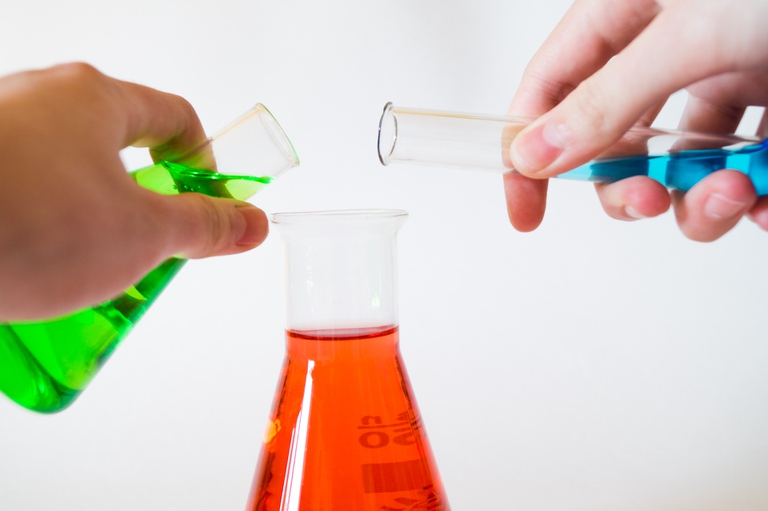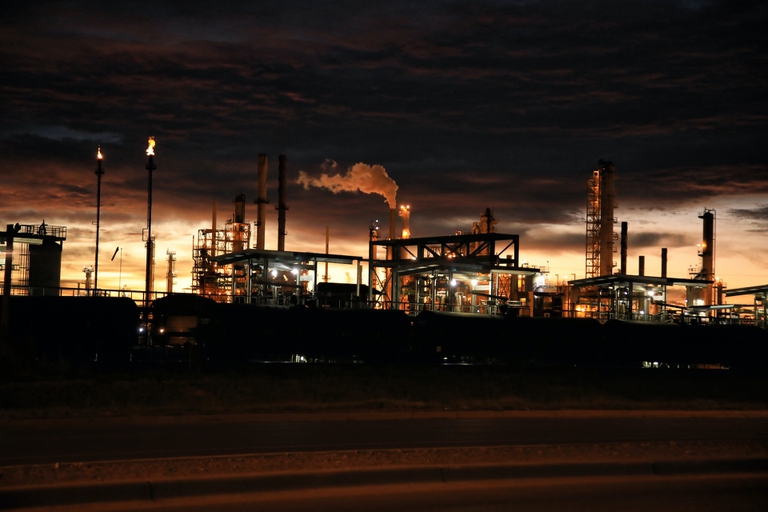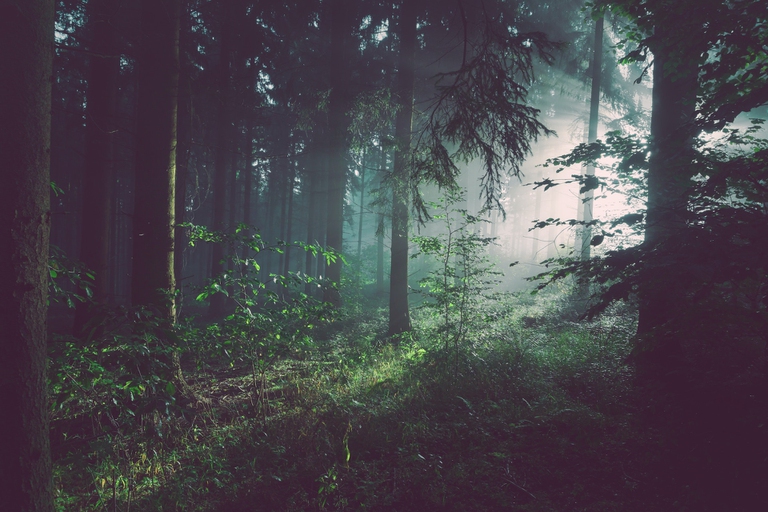https://www.lifegate.it/viscosa
- |
- Viscose is a material with qualities very similar to silk obtained from the pulp of wood, bamboo or cotton and, for this reason, often presented as eco-friendly.
- The reality, however, is different:the process to transform the raw material of vegetal origin into yarn involves very aggressive chemical agents which are very harmful both for the environment and for the workers involved in the process.
- The production of viscose also leads to the felling of enormous quantities of trees worldwide, with all that this entails in terms of damage to biodiversity.
The first step to building a wardrobe that can define itself truly sustainable is that of know the materials of which the clothes we choose to buy are made.Where do they come from?How impactful is their production process on an environmental level?Can they be recycled?What are the consequences of their dispersion into the environment?All these questions are useful for orientation when faced with thelabel of a textile product.
We've already talked about how much polyester can be harmful to the environment, but what about the viscose, often presented as its plant-based alternative?To understand whether it can be a virtuous alternative or not, we need to analyze the production process because this textile fiber is yes obtained from cellulose, or from the wood pulp, but is also treated with aggressive chemical agents and very harmful to health.So yes, we are talking about a fiber of vegetal origin which, despite being very similar to polyester in terms of tactile sensation and performance, has nothing to do with petroleum but, although it is often classified as a more environmentally friendly version and potentially sustainable, it's actually even worse.

Where does viscose come from?
The history of viscose, or rayon if we want to say it in the Anglo-Saxon way, begins towards the middle of the nineteenth century, when the French industry entered into crisis due to a disease affecting silkworms, damaging the production of the precious fabric.At that point he was called into question Louis Pasteur, himself, the inventor of pasteurization and vaccines as we know them today, to find a solution and revive the French industry.That solution is called viscous and is, essentially, a silk reproduced in the laboratory.
Viscose is produced dissolving cellulose (obtained from wood, bamboo or cotton pulp) in a process that involves sodium hydroxide and carbon disulfide.Once the viscous material is dissolved in a solution and left to rest, what is obtained is then transformed back into fibrous cellulose, which can be given the shape of threads using sulfuric acid.The whole process is quite cheap and the fibers obtained are quite versatile that they can be used to replace other fabrics, from cotton to silk.

How dirty is fashion?
The fact that viscose originates from wood pulp, bamboo or cotton means that it is often presented as a natural alternative to silk and especially polyester, but the reality is that the chemicals needed to obtain it are extremely harmful to health.While viscose is safe when it reaches consumers, thanks to the numerous washings to which it is subjected before reaching the market, factory workers are at high risk of neurological effects, nerve damage, heart disease And stroke.A circumstance also confirmed by National Center for Biotechnology Information, according to which one of the effects would also be the degeneration of the mental faculties of children who live near factories before they even reach adolescence.

63 percent of viscose worldwide is produced in China and in general there are many factories in Asia, where the laws regarding the use of chemicals are less stringent.According to a report published by Changing markets foundation, workers in a viscose factory in Indonesia were found washing chemicals off fabrics into the river while there is abundant evidence that production of this fiber in China is poisoning workers as much as water bodies local.
In India, factories discharge directly into tributaries of the Ganges, poisoning entire families.It can happen that workers go crazy from prolonged contact with carbon disulfide, a substance that is also responsible for the onset of kidney diseases, heart attacks and strokes.Other agents used in manufacturing, such as sodium hydroxide, sulfuric acid and hydrogen sulfide may be responsible for eye damage, neurobehavioral alterations and skin burns.
Not just chemicals
It's not just the toxic chemicals that make viscose problematic, but also the raw material needed to make it.More than 200 million trees are cut down every year Between Indonesia, Canada And Brazil to be transformed into cellulose tissue, as made known by the environmental movement Canopy, a non-profit organization created with the aim of protecting forests.This has particularly serious consequences in Indonesia, where the endangered animals and the indigenous people are forced to leave the lands.

Change maker
Changing market foundation, in addition to the report Dirty Fashion, in 2018 he also promoted a global action campaign, to stimulate the responsible production of viscose.Working with 100 brands and retailers, as well as major viscose producers, it is committed to evaluating and validating their responsible manufacturing plans, commitments and progress on transparency.The result is that fourteen major brands and retailers have publicly committed to cleaning up their supply chains from viscose while the manufacturers, which own the 50 percent of global market share, they committed to improving production and began investing in closed-loop production processes in line with evolving markets.
In order to achieve real change it is in fact important that the whole industry is involved, producers respond to a specific demand, which originates from brands, attracted by the properties of an economical, ductile material capable of imitating the performance of many natural fibres. It is important to act both on the demand for viscose, but also on research and development:in fact, there are companies that produce this material through non-impacting methodologies.
Canopy has also drawn up a report, after having analyzed various brands globally, and found that 500 of these (data updated to 2023) are moving towards green viscose suppliers. Stella McCartney it was the first major luxury player to move in this direction and was soon followed by the fast fashion shopping giants Zadar And H&M, but also Levi's, Ralph Lauren, and all the Vf group (company that controls brands such as The North Face, Timberlands, Vans, Eastpak and many others).
Then there are small businesses like Lenzing, which produces a greener and softer version of viscose because it uses a closed loop process which does not produce toxins into the environment.Having said this, what should you look for on the label to make sure you are buying cellulose that has not been produced by damaging the environment?Certifications such as Oeko-tex And Bluesign, for example, certify that the fabric we are buying has been produced in facilities that adopt the necessary precautions in terms of environmental safety.
